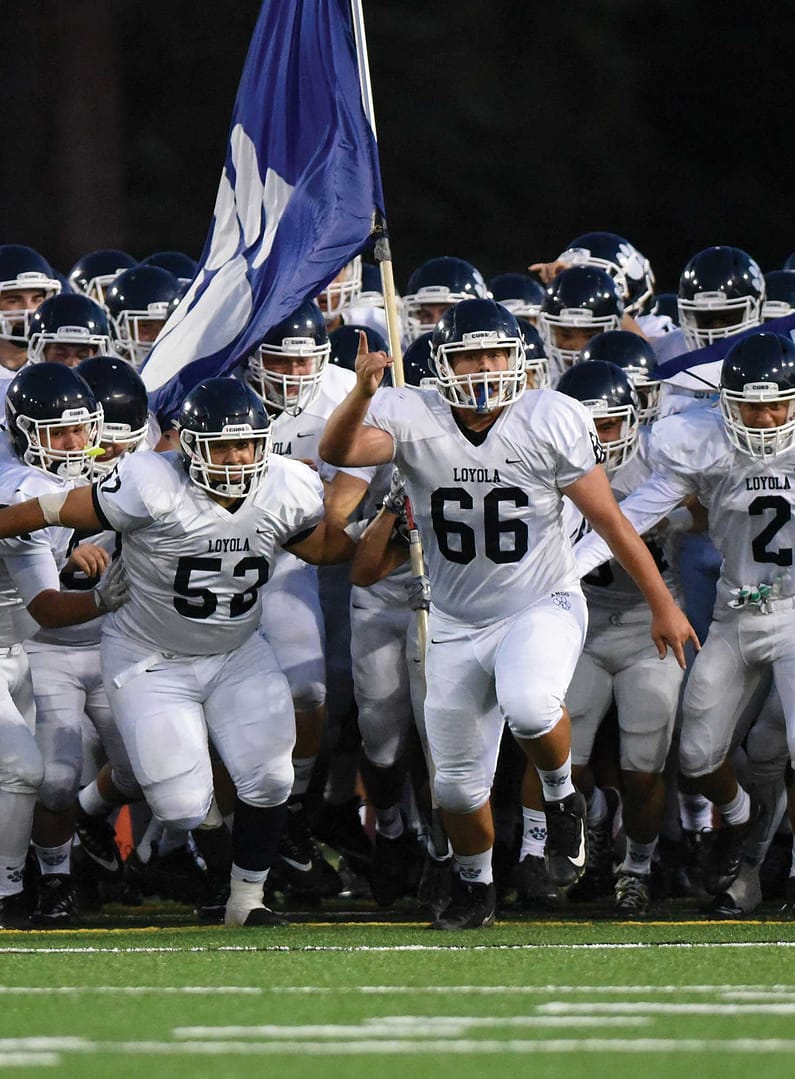Artists in support of Black Lives Matter impact members inside and outside the Loyola community
In a time when social injustices are prominently displayed to everyone in the world, artists often use their skills to act as advocates for change; moreover, in light of the Black Lives Matter (BLM) movement, artists of all disciplines have stood up against racial injustice through various mediums of art.
Today, hip-hop, a style heavily influenced by black culture, has become the leading genre of music; in the BLM movement, it is a question of how we can capture that influence and redirect it with the purpose of activism and reform. Many musicians have taken this opportunity to find unique ways to contribute to the movement. For example, The Roots, a band most commonly known for their appearances on “The Tonight Show Starring Jimmy Fallon,” have reformatted the Roots Picnic, their annual festival, to partner with BLM and feature multiple tribute performances to the recent victims. One show featured rising R&B star HER in her live performances of “I Can’t Breathe” and “Fate.”
Additionally, in honor of the victims, streaming service Apple Music took Black-Out Tuesday to a new level: they disabled the “Browse” functions for the entire day as a ‘moment of silence,’ so to speak, for the victims. For the rest of the month, they heavily featured black artists, specifically those who were releasing music in honor of the movement. Artist and rapper DaBaby released a “BLM remix” of his song “ROCKSTAR,” adding lyrics expressing his support for the movement, his outrage at unjust systems of law-enforcement, and his condolences to the victims’ families. The song was advertised by Apple Music and Spotify and received over 10 million streams across all platforms.
We have also seen visual artists stand in solidarity with the movement. After stores were boarded up, artists in support of the movement saw an opportunity to continue to spread awareness, like those in SoHo and Burbank, for instance, who painted murals over these boards. Artists around the nation followed, spreading awareness in the cities of Portland, Los Angeles and Milwaukee, to name a few. Using the hashtag “#BLM,” artists of all ages, disciplines, and skill-levels have showcased some of their best work, whether it was a portrait of George Floyd or Breonna Taylor, among others, or their take on the movement’s logo. Many members of the Loyola community have attested to how recent art has moved them to speak out.
Senior Ceyair Wright explained, “People have always used art to express their thoughts and beliefs, and that matters so much, especially in a time like this.”
Having experience in the arts himself, Wright described how fascinating it was to see something as simple as a small drawing or a three-minute song make such a huge impact on himself and others around him:
Wright noted, “I have seen some beautiful paintings, heard some amazing songs, and watched many great short films about the times we are living in now.”
This inspired Wright to explore new ways of expressing his solidarity. In June, he participated in making a promotional film for the BLM movement, using his Instagram platform to spread awareness. The video was widely received by his fellow classmates and totalled over a hundred thousand views.
Due to the pandemic making outdoor protests difficult for most people, many had to get creative with how they contributed to the movement. Artists with a large following created donation funds and even auctioned off works, contributing all proceeds to the families of victims, communities of color restoration and enrichment organizations, and political reform organizations.
Wright concluded, “Art has been prominent in African American culture, so it only makes that we use it to express our support and continue to form a significant impact in our community.”






Comments are closed.